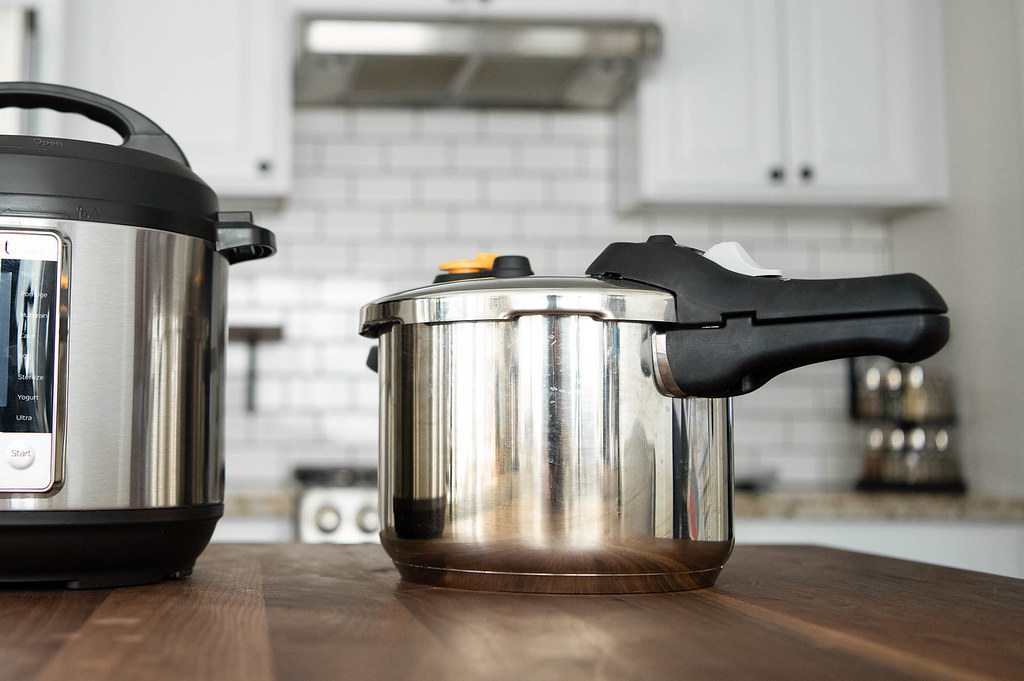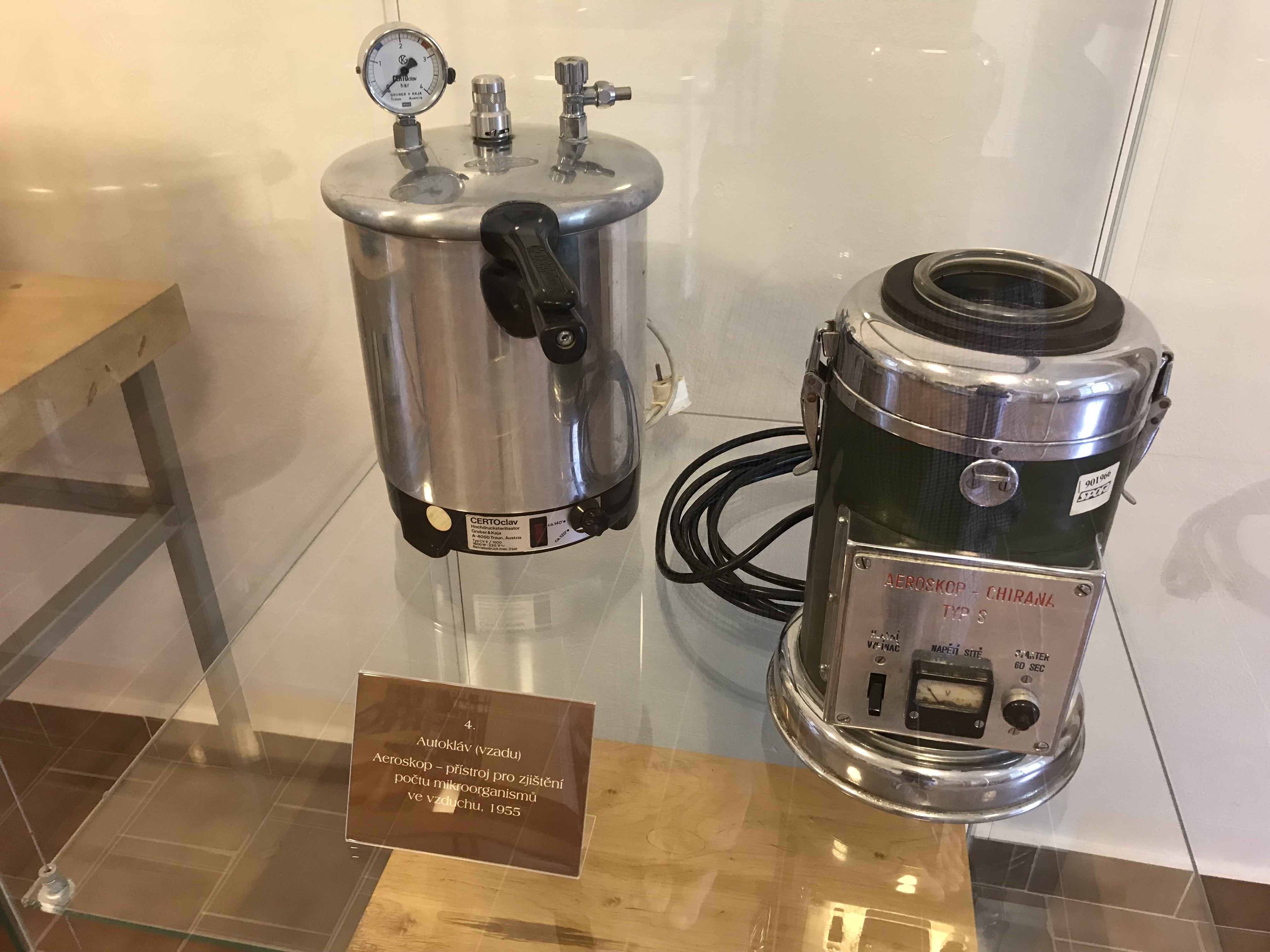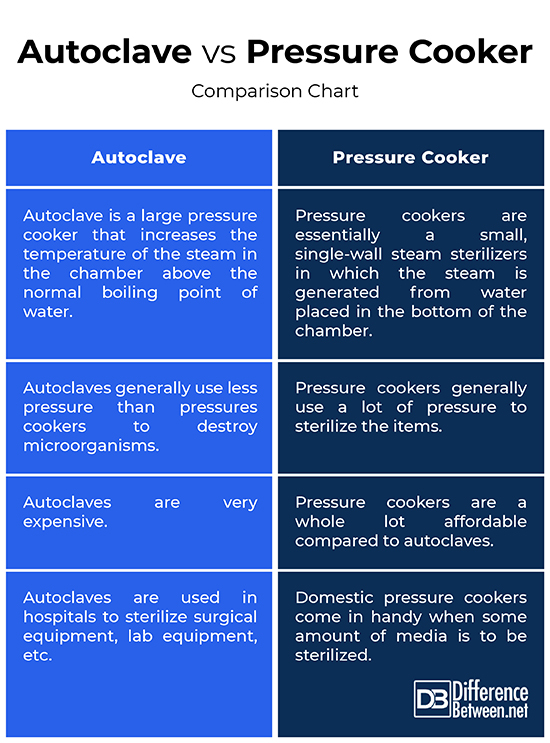Difference Between Autoclave and Pressure Cooker
Sterilization can be sometimes tricky and unpredictable. While some choose to boil their equipment, most professionals would rather use steam sterilization by either a pressure cooker or a steam sterilizer (or autoclave). Sterilization is a procedure used to kill or physically remove microorganisms and their various resistant reproductive spores. All operations are carried out in laminar airflow sterile cabinets with utmost care. The most popular method to destroy all forms of microbial life is steam sterilization by autoclaving. The autoclave is nothing but a large pressure cooker that increases the temperature of the steam in the chamber above the normal boiling point of water. However, certain substances cannot withstand the high temperature of the autoclave, but can be subjected to a process called tyndallization, named after the inventor of the process, John Tyndall. But, how do you know which method is best? And while at it, let’s discuss the key differences between the autoclave and a pressure cooker anyway.

What is a Pressure Cooker?
Moist heat produced in a pressure cooker can be used to sterilize the culture medium before use, and when disposing of it after use. For sterilization of liquid materials wet or steam sterilization employing domestic pressure cookers can be used with a precaution of the slow exhaust. Domestic pressure cookers come in handy when some amount of media is to be sterilized. Pressure cookers are basically large saucepans designed to cook food very quickly, using steam under pressure. For sterilizations, pressure cookers with either revolving valve or fixed valve can be used. They are essentially small, single-wall steam sterilizers in which the steam is generated from water placed in the bottom of the chamber. Sterilization in a pressure cooker should be carried out with the standard recommendations as to time, pressure and temperature.

What is a Autoclave?
Autoclave or steam sterilizer is the most popular and widely used method of steam sterilization. The most dependable procedure to destroy all forms of microbial life with moist heat is steam sterilization under pressure. The autoclave is nothing but a large pressure cooker that increases the temperature of the steam in the chamber above the normal boiling point of water. Autoclave comes in many different sizes and flavours, from a simple pressure cooker to a more sophisticated, solid-state controlled in-the-wall unit. In general, autoclaves consist of a pressure chamber, pipes to supply and release the steam, valves to remove air to control the pressure, and temperature and pressure gauges to monitor the procedure. The standard conditions for autoclaving media are 121 °C (250 °F) with a pressure of 15 psi (100 kPa) above atmospheric pressure for 15-20 minutes. The duration of the procedure may vary according to the substances to be sterilized, and how full the chamber is. Autoclaves are also suitable for sterilizing items that are not being used or reused but discarded.
Difference between Autoclave and Pressure Cooker
Basics
– For sterilization of liquid substances wet or steam sterilization employing either autoclave or domestic pressure cooker can be used with a precaution of the slow exhaust. Pressure cookers are basically large saucepans designed to cook food very quickly, using steam under pressure. Autoclave, on the other hand, is nothing but a large pressure cooker that increases the temperature of the steam in the chamber above the normal boiling point of water. Autoclave comes in many different sizes and flavours, from a simple pressure cooker to a more sophisticated, solid-state controlled in-the-wall unit.
Method
– A domestic pressure cooker is essentially a small, single-wall steam sterilizer in which the steam is generated from water placed in the bottom of the chamber. It works just as well as autoclaving and can be carried out at rural healthcare facilities or even at homes. It works just like an autoclave – the pressure is applied to boiling water to increase the boiling point, and the temperature will increase with increasing pressure. Autoclaves generally use steam heated to 121 °C (250 °F) which can be achieved under a pressure of 15 psi (100 kPa) above atmospheric pressure. The average time for autoclaving is about 20 minutes but the duration may vary according to the substances to be sterilized.
Affordability
– Pressure cookers generally use a lot of pressure to sterilize the items and they are cost-effective and easy to use alternative to autoclaving. Domestic pressure cookers come in handy when some amount of media is to be sterilized. They are a whole lot cost-effective when compared to autoclaves and you can actually notice that there’s a pretty large price difference between the two. However, there are portable, less-expensive autoclaves on the market that are specifically designed for general purpose sterilization at nursing homes and hospitals, dental clinics, etc.
Autoclave vs. Pressure Cooker: Comparison Chart

Summary of Autoclave vs. Pressure Cooker
In a nutshell, steam sterilization by autoclaving is the most popular method to destroy all forms of microbial life, including spores. Moist heat sterilization requires temperatures higher than can be reached by boiling water. To achieve these higher temperatures, pressure is applied to boiling water to increase the boiling point, thereby increasing the temperature. Autoclaves generally use steam heated to 121 °C, which can be achieved under a pressure of approximately 15 psi above the normal air pressure for the duration of about 20 minutes. A domestic pressure cooker is essentially a small, single-wall steam sterilizer in which the steam is generated from water placed in the bottom of the chamber and it works just as well as autoclaving.
- Difference Between JPEG and RAW - April 25, 2024
- Difference Between Serif and Sans Serif - April 22, 2024
- Difference Between HTML and Text - April 19, 2024
Search DifferenceBetween.net :
 Email This Post
: If you like this article or our site. Please spread the word. Share it with your friends/family.
Email This Post
: If you like this article or our site. Please spread the word. Share it with your friends/family.
1 Comment
Leave a Response
References :
[0]Image credit: https://upload.wikimedia.org/wikipedia/commons/7/7e/Autoclave_and_aeroscope_in_exposition_History_of_making_of_drugs_in_Kuks_Hospital_in_Kuks%2C_Trutnov_District.jpg
[1]Image credit: https://live.staticflickr.com/844/29309971608_dac33626df_b.jpg
[2]VanMeter, Karin C., et al. Microbiology for the Healthcare Professional. Missouri, United States: Mosby, 2013. Print
[3]Entis, Phyllis. Food Microbiology – The Laboratory. Washington, DC: Food Processors Institute, 2002. Print
[4]Chawla, H.S. Introduction to Plant Biotechnology. New Hampshire, USA: Science Publishers, Inc., 2002. Print
[5]Fugelsang, Kenneth C. Wine Microbiology. London, UK: Chapman & Hall, 1997. Print
[6]Wright, David B. Human Physiology and Health. New Hampshire, USA: Heinemann, 2000. Print


Repeated repeated repeated :s
and again repeated